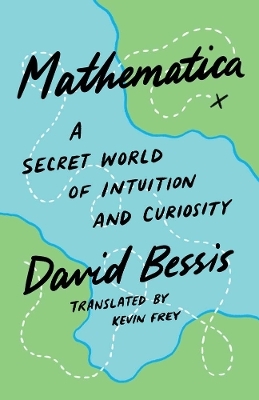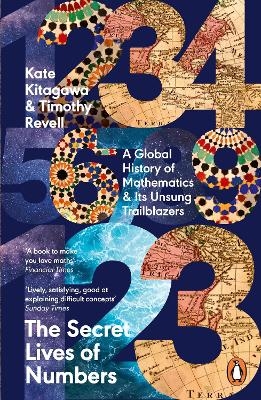
Euler's Pioneering Equation
Oxford University Press (Verlag)
978-0-19-879492-9 (ISBN)
- Titel ist leider vergriffen;
keine Neuauflage - Artikel merken
In 1988 The Mathematical Intelligencer, a quarterly mathematics journal, carried out a poll to find the most beautiful theorem in mathematics. Twenty-four theorems were listed and readers were invited to award each a 'score for beauty'. While there were many worthy competitors, the winner was 'Euler's equation'. In 2004 Physics World carried out a similar poll of 'greatest equations', and found that among physicists Euler's mathematical result came
second only to Maxwell's equations. The Stanford mathematician Keith Devlin reflected the feelings of many in describing it as "like a Shakespearian sonnet that captures the very essence of love, or a painting which brings out the beauty of the human form that is far more than just skin deep, Euler's equation reaches
down into the very depths of existence".
What is it that makes Euler's identity, eiπ + 1 = 0, so special?
In Euler's Pioneering Equation Robin Wilson shows how this simple, elegant, and profound formula links together perhaps the five most important numbers in mathematics, each associated with a story in themselves: the number 1, the basis of our counting system; the concept of zero, which was a major development in mathematics, and opened up the idea of negative numbers; π an irrational number, the basis for the measurement of circles; the exponential e, associated
with exponential growth and logarithms; and the imaginary number i, the square root of -1, the basis of complex numbers. Following a chapter on each of the elements, Robin Wilson discusses how the startling relationship between them was established, including the several near misses to the discovery of the formula.
Robin Wilson is an Emeritus Professor of Pure Mathematics at the Open University, Emeritus Professor of Geometry at Gresham College, London, and a former fellow of Keble College, Oxford University. He is currently a Visiting Professor at the London School of Economics. A former President of the British Society for the History of Mathematics, he has written and edited many books on the history of mathematics, including Lewis Carroll in Numberland, and also on graph theory, including Introduction to Graph Theory and Four Colours Suffice. Involved with the popularization of mathematics and its history, he has been awarded the Mathematical Association of America's Lester Ford award and Pólya prize for his 'outstanding expository writing', and the Ralph Stanton Award for outreach activities in combinatorics. He has Erdõs Number 1.
INTRODUCTION; FURTHER READING; INDEX
| Erscheinungsdatum | 05.02.2018 |
|---|---|
| Zusatzinfo | 88 black and white images |
| Verlagsort | Oxford |
| Sprache | englisch |
| Maße | 143 x 222 mm |
| Gewicht | 302 g |
| Themenwelt | Sachbuch/Ratgeber ► Natur / Technik |
| Mathematik / Informatik ► Mathematik ► Geschichte der Mathematik | |
| Mathematik / Informatik ► Mathematik ► Mathematische Spiele und Unterhaltung | |
| ISBN-10 | 0-19-879492-4 / 0198794924 |
| ISBN-13 | 978-0-19-879492-9 / 9780198794929 |
| Zustand | Neuware |
| Haben Sie eine Frage zum Produkt? |
aus dem Bereich


